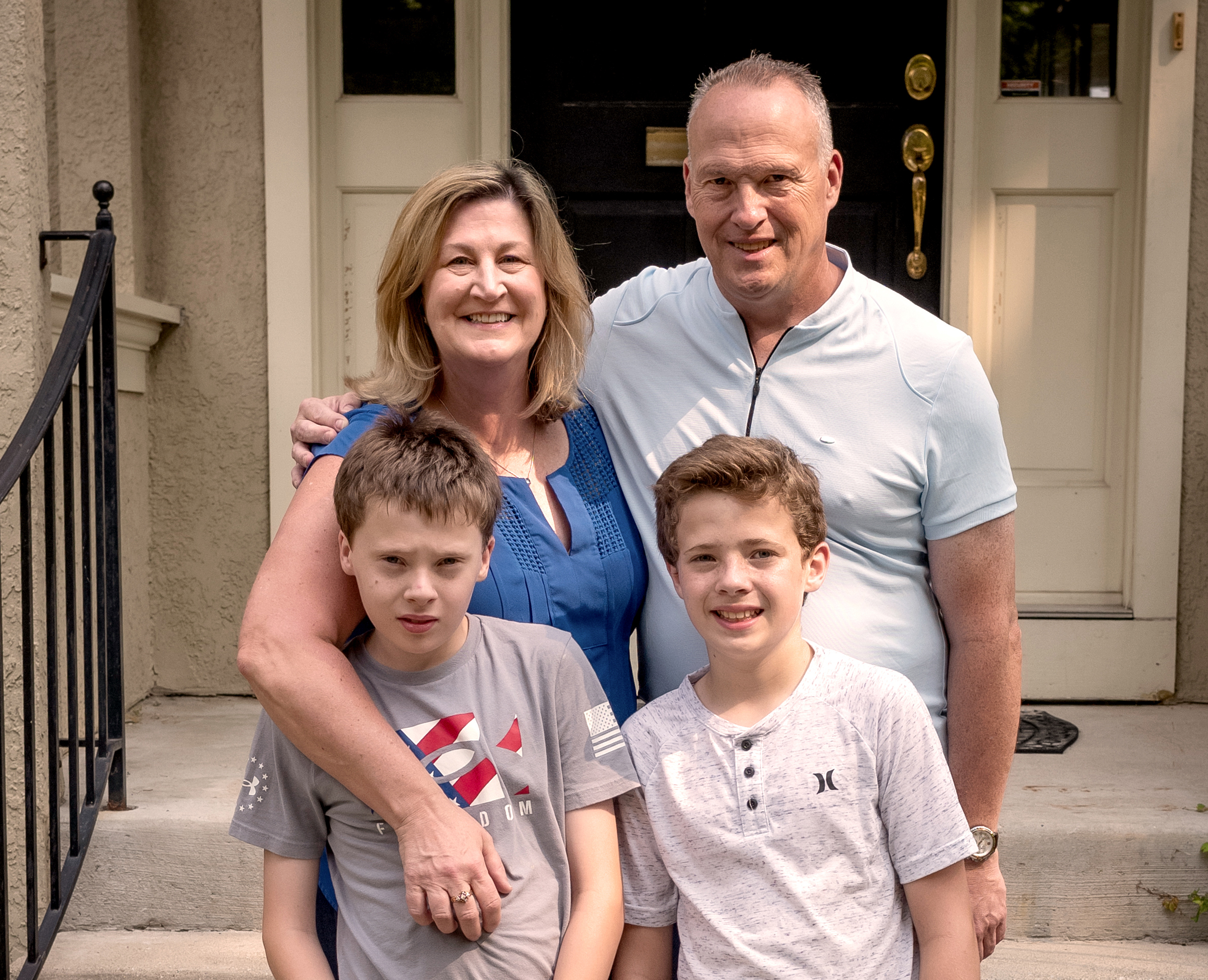Information About Sexual Orientation and Gender Identity to Help You Better Understand Yourself and Others.
Here’s where you’ll find answers to questions about LGBTQ issues, sexual orientation, and gender identity, and links to our other LGBTQ resources.
Common Questions about LGBTQ Issues
What is “LGBTQ”?
LGBTQ stands for Lesbian, Gay, Bisexual, Transgender, and Questioning (or Queer). As understanding of the wide range of sexual orientations and gender identities has grown, people have created acronyms to include more terms, like LGBTQIA (adding Intersex and Asexual). You can learn more about many of these terms in our Glossary.
What’s the difference between sexual orientation and gender identity?
Sexual orientation describes the way in which a person is sexually and romantically attracted to others. There are many different orientations, including straight (males attracted to females and vice versa), gay (attracted to people of your same gender), and bisexual (attracted to both genders). Your sexual orientation might stay the same your whole life or it might change over time.
Response for Teens Director Sara Manewith, MSW spent some time talking about gender identity and the proper use of pronouns on the radio show One More Good Idea with Marc Newman. Listen to learn more about sex, gender, identity, and expression and how we can all speak to others with respect and care.
Gender identity describes how a person feels and shows their gender—through behavior and appearance. Most of us learn that there are two genders, male and female, and that people are one or the other (cisgender). But for some, gender identity is more complex than that. Gender fluid is a broad term for anyone who moves between two or more gender identities and/or expressions at different points in time.
One thing that sexual orientation and gender identity have in common is that it might feel lonely or uncomfortable if you discover you don’t fit standard definitions. But it doesn’t have to be! You’re not “wrong” or “bad” if you aren’t straight or cisgender. And you’re certainly not alone—there are many people just like you, and many allies who are willing to support and love you no matter how you define yourself.
How do I know if I’m … (gay, lesbian, bisexual, etc.)?
Everyone has a different experience when it comes to figuring out their sexual orientation or gender identity—and that’s fine! Some know when they’re very young; others discover it during their adolescence, and some don’t figure it out until they’re older. A person’s orientation might shift during different periods of their life. And some never decide exactly what they are.
Whatever your experience and however long it takes, here are a few questions you might ask yourself to help determine your orientation:
How do I come out?
You get to decide when and where to reveal your orientation or identity, and it’s important that you feel safe and comfortable doing so. If this is your first time telling somebody, choose someone you feel super-safe around and accept you as you are. This might be a family member, friend, teacher, or even a Response for Teens counselor.
Coming out can be a different experience every time you do it. Sometimes it’s awesome and no one has an issue. Other times, people have a lot of questions and feelings about it, or they simply don’t get it. No matter the response you get, remember that there is nothing wrong with you. Sometimes people need time to readjust their expectations—and if they can’t, they might not be “your people.”
Do I have to label my sexual orientation or gender identity?
No! Whatever you choose to call (or not to call) your sexual orientation or gender is entirely about what makes you happiest and most comfortable. Heather Corinna, a writer for the website Scarleteen, says it beautifully: “If none of these terms feel like a good fit to you, fret not. None of them are required: we don't have to check a box for them when we're getting an ID or getting a seat on an airplane … You not only get to use NO term at all if that's what you want, you could mash more than one of these terms together, or mash one with a term for your gender identity or some other part of sexuality.”
More Information
Want more information on LGBTQ issues? Response for Teens offers the following resources:
- Alliance: Join Response for Teens' annual summer program for LGBTQ teens and allies.
- Glossary: Look up more common LGBTQ terms.
- Helpful Links: Links to other sites and organizations that provide information about gender identity, sexual orientation, LGBTQ support, and more.

We're Here
to Help.
For assistance or more information, call us at 855.275.5237 or email us at Ask@JCFS.org.




 Back
Back